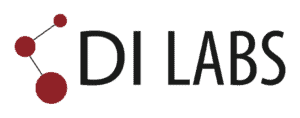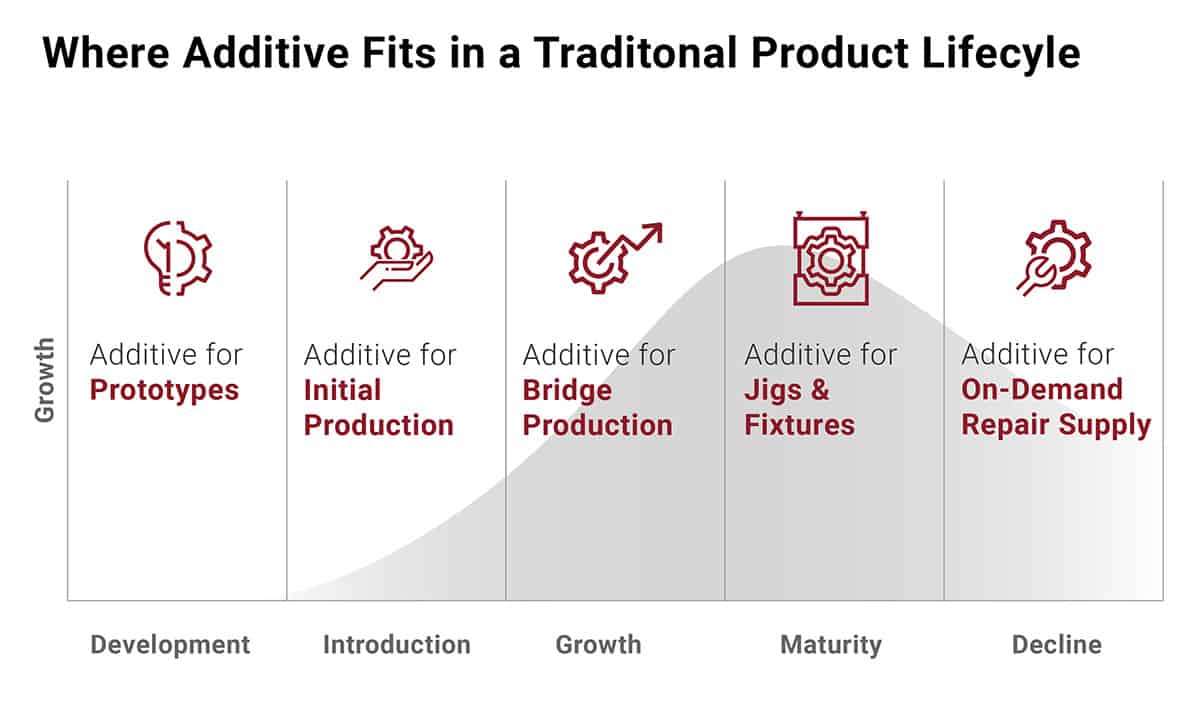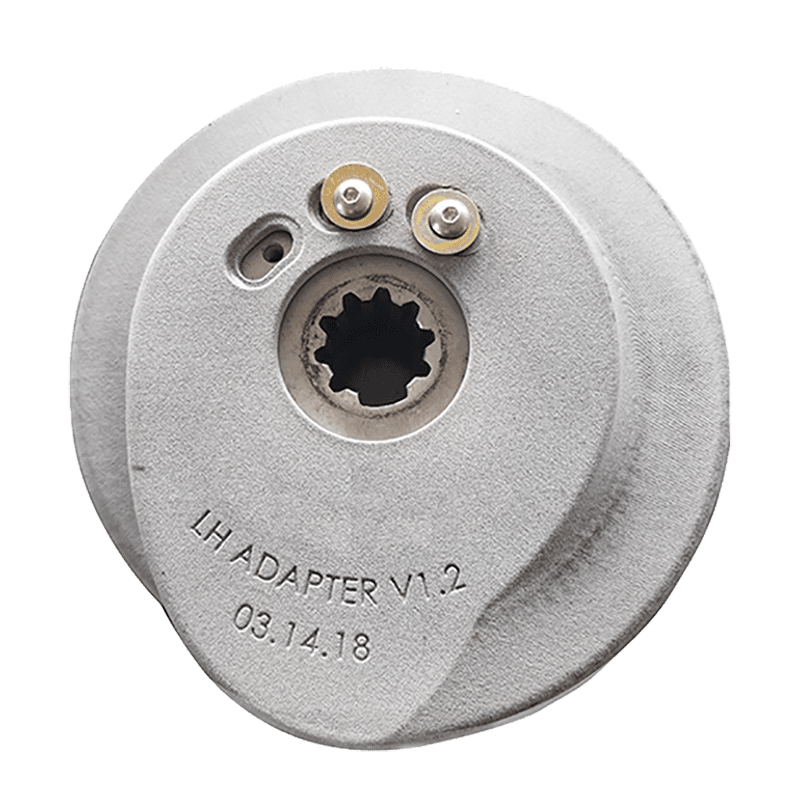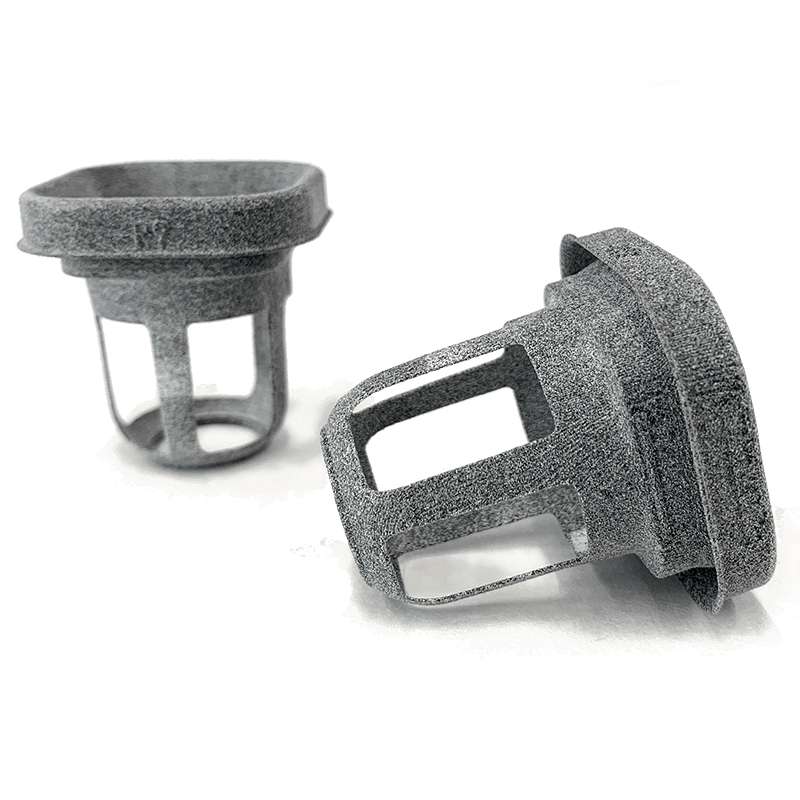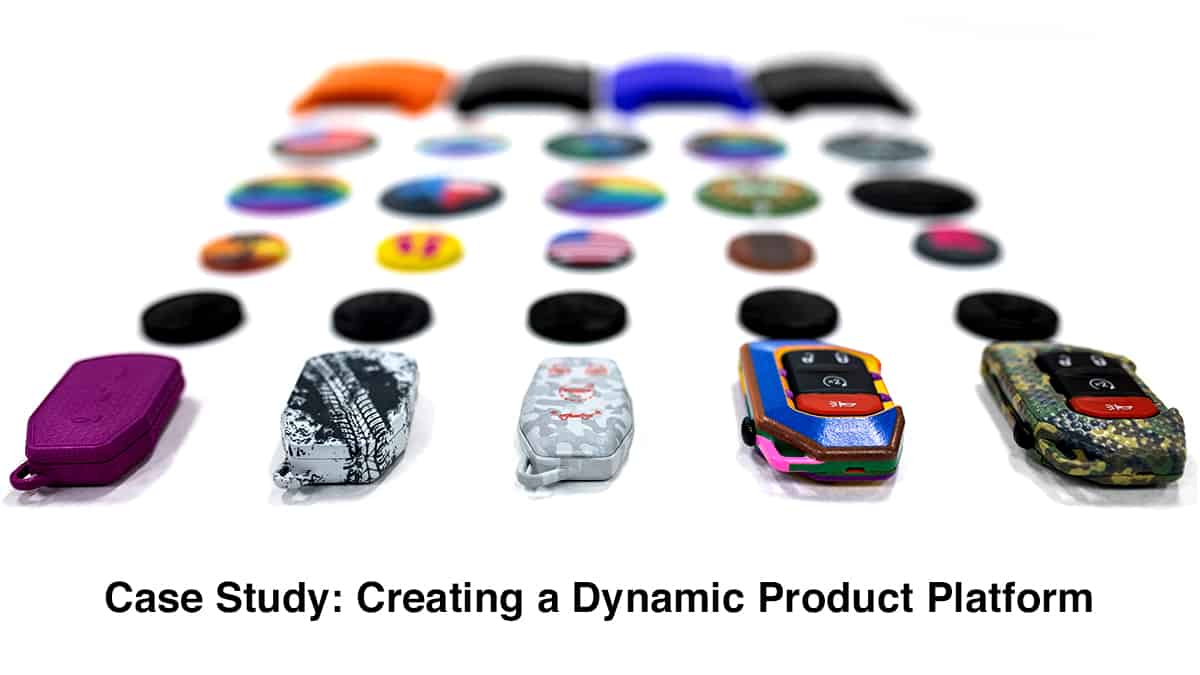Rethinking Product Innovation
It’s time for businesses to rethink their approach to product innovation in order to remain competitive and relevant. It starts by shedding the constraints of a traditional mindset for the possibilities of a digital mindset.
A Traditional Approach
Product innovation is a process of balancing time, cost, and constraints to solve problems by creating unique product designs with desired customer features. In a traditional mindset, the process starts by committing to a traditional manufacturing method then quickly adopting the design constraints required by that method. These limitations can immediately rule out design features and create a major creative bottleneck.
While these traditional constraints have driven novel solutions, being bound to traditional tools has resulted in missed opportunities for companies to innovate, fully optimize product designs and make a bigger impact in the market.
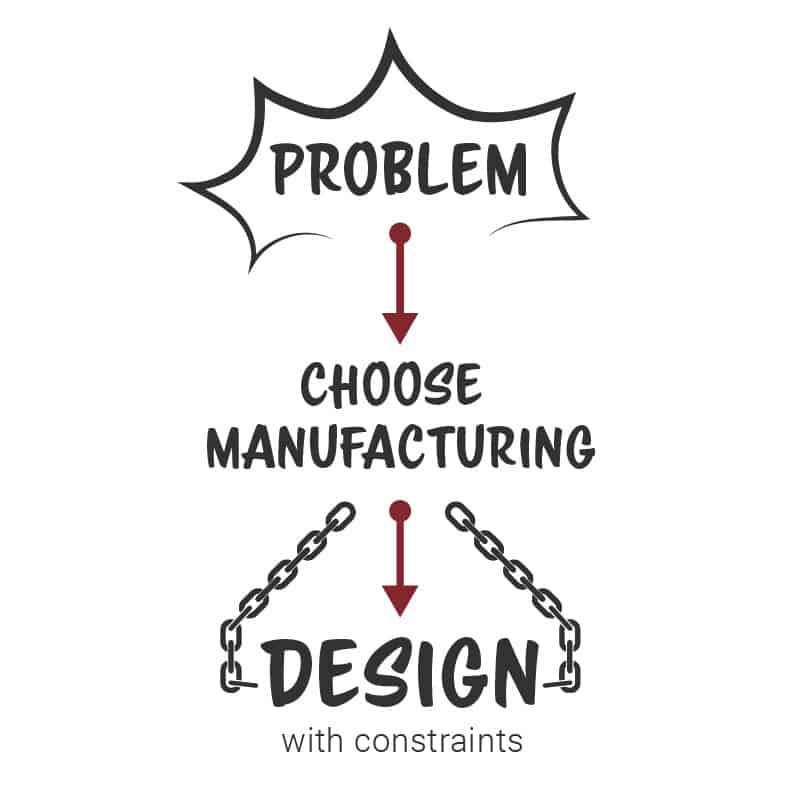
A Digital Approach
an approach to innovation free of traditional limitations by embracing the adoption of new digital technologies.
The increasing digitization of design and manufacturing methods is revolutionizing the product innovation process. There are countless new materials, additive manufacturing technologies and finishing capabilities enabling new ways of thinking. Applying a digital mindset fueled by these advancements is creating a major shift.
Rather than starting with a list of constraints, companies can focus on problem solving and innovating without limits, knowing that a unique combination of digital manufacturing tools can be utilized and even combined with traditional tools to create the right manufacturing solution for the opportunity.

Where Does Additive Fit?
In a Traditional Mindset
Additive manufacturing tools can provide a unique value at every stage of a traditional product lifecycle. It's widely known that additive is a fast, iterative tool for rapid prototyping. But did you know that prototypes can now look, feel and perform like the finished product, allowing you to test and get market feedback at an entirely new level? The advancement of additive technologies also provides the ability to print in volume for initial production or for bridge production while waiting for molds. All of these things can vastly improve your flexibility, speed to market and ability to innovate. Once traditional manufacturing has begun, additive can also play a key support role by creating jigs and fixtures or repair supplies to keep your traditional tools operating efficiently.
In a Digital Mindset
What started with 3D printing is now an industrial process called additive manufacturing. The technologies of this industry are advancing rapidly and can support innovation in endless applications. With the tools of additive, almost anything is possible with the right combination of materials and printing processes. What used to be one product design produced in mass quantities can now be a dynamic product platform that supports the rapid development and launching of derivative products that can even be personalized by the end user.
Learn More About Additive
Request a Custom Sample Part
Is there an additive manufacturing technology or material you are interested in? Do you have a particular design or manufacturing challenge you are hoping to solve? Share a few details here and we'll prepare and send you a custom sample part to help demonstrate what is possible with additive.
Glossary of Terms
- 3D Printing
an additive process whereby materials such as thermoplastics and metals are built up in layers to create a part or product. This term was coined at the birth of the industry and often refers to early version desktop printing using fused filament fabrication (FFF). - Additive Manufacturing
an additive process whereby materials such as thermoplastics and metals are built up in layers to create a part or product. This term signals the evolution of early 3D printing technologies to include additional processes such as selective laser melting (SLM), direct metal laser sintering (DMLS), selective laser sintering (SLS), and stereolithography (SLA). - Industrial 3D Printing
a version of 3D printing that indicates the use of commercial grade equipment and materials producing high performance parts. It is often used interchangeably with additive manufacturing. - Mass Customization
Mass customization is a process that allows a customer to personalize certain features of a product while still keeping costs at or near mass production prices. - Vapor Smooth Finishing
the process of smoothing the surface of a printed object to make it watertight, sanitizable and/or aesthetically appealing. - Post Processing
a variety of processes that can be applied to finished parts such as painting, plating, dyeing, sanding, and vapor smooth finishing. - Injection molding
a method of injecting molton plastic material into molds which are then cooled into solid forms. It’s been the primary manufacturing method for the mass production of commodity products with simple to complex shapes. - Thermoforming
the process of heating a thermoplastic sheet to its softening point, stretching it over or into a single-sided mold, and holding it in place while it cools and solidifies. - Machining
a subtractive process that creates a desired shape by removing unwanted material, often metal, from a larger piece of material. - Welding
a fabrication process whereby two or more parts are fused together by means of heat or pressure.
